Landscaping the front of a SCHOOL!
esther_b
12 years ago
Related Stories
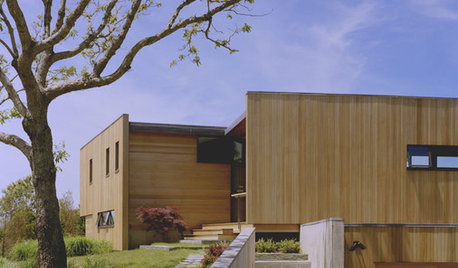
GARDENING AND LANDSCAPINGOld School Green Design: Keep the Trees!
Trees in the landscape add a sense of place, connection to nature, shade — and great beauty
Full Story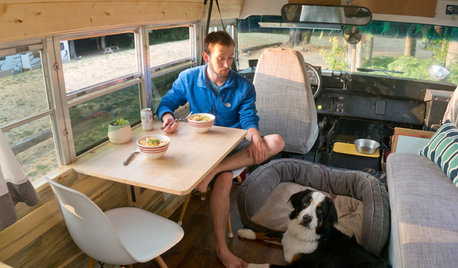
TINY HOUSESAdventure Seekers Hit the Road in a Cozy School Bus Home
Wood floors, butcher block countertops, custom furnishings and LED lights make life on the road feel like just another stylish day at home
Full Story
APARTMENTSHouzz Tour: Life in a Converted School Building
A son renovates a space his mother can call her own when she comes to visit
Full Story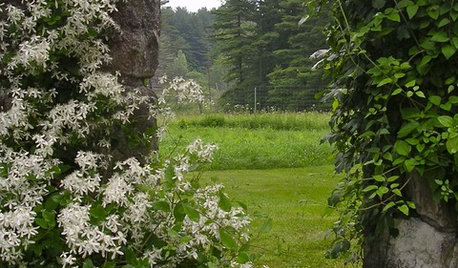
GARDENING AND LANDSCAPINGOld-School Design: Frame Your Garden View
Highlight your landscape's best features with curving branches, a vine-covered arch, or modern garden structure
Full Story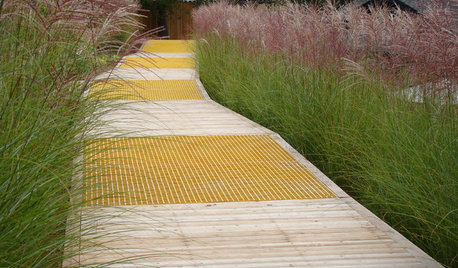
GARDENING AND LANDSCAPINGOld School Green Design: Add Texture With Grass
Ornamental grasses capture the breeze and ripple like water in the landscape
Full Story
GARDENING AND LANDSCAPINGOld-School Green Design: Art Imitates Plants
Enjoy the play of color and form when nature and design work together
Full Story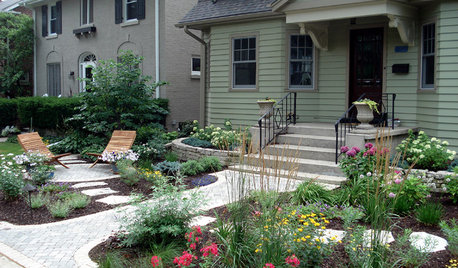
MOST POPULARCreative Ideas for Small Front Yards
A little imagination goes a long way in a petite landscape
Full Story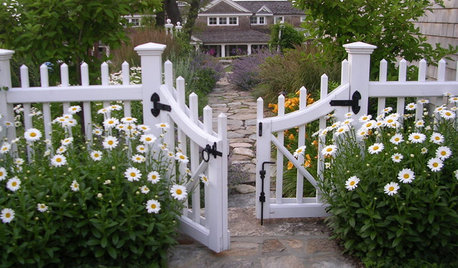
CURB APPEAL7 Ways to Create a Neighborly Front Yard
Foster community spirit by setting up your front porch, paths and yard for social interaction
Full Story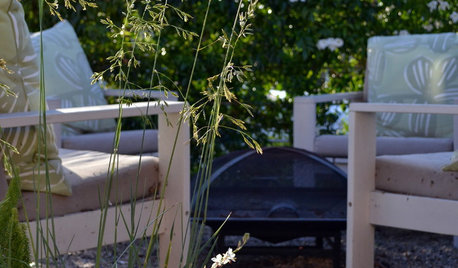
FRONT YARD IDEASMeet a Front Yard Designed for Gathering
Hanging out with neighbors comes naturally in front of a Southern California home, thanks to comfortable zones and beautiful plantings
Full Story
EXTERIORSWhere Front Yards Collide: Property Lines in Pictures
Some could be twins; others channel the Odd Couple. You may never look at property boundaries the same way again
Full Story





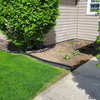

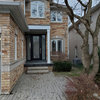

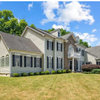
Yardvaark
drtygrl
Related Professionals
Beachwood Landscape Contractors · East Haven Landscape Contractors · Estelle Landscape Contractors · Indio Landscape Contractors · Paramus Landscape Contractors · Placerville Landscape Contractors · Point Pleasant Landscape Contractors · Owings Mills Decks, Patios & Outdoor Enclosures · South Miami Heights Decks, Patios & Outdoor Enclosures · Urbana Decks, Patios & Outdoor Enclosures · West Palm Beach Decks, Patios & Outdoor Enclosures · Canyon Lake Stone, Pavers & Concrete · Burleson Swimming Pool Builders · Roseville Swimming Pool Builders · Stafford Swimming Pool Buildersbonsai_audge
Embothrium
louisianagal
karinl
lazy_gardens
daisychain01
daisychain01